Shell Materials and Casting Methods for Casting Titanium
Abstract
Casting of Titanium alloys can be done with various primary, intermediate, and backup shell materials. There are also different methods of casting these alloys. Recommendations are given to minimize Alpha Case formation. Two case studies of Yttria and Zirconia prime layers of the shell are presented. Yttria generates far less Alpha Case. The economics of using Yttria is discussed.
Introduction
The main difficulty with casting Titanium alloys is their reactivity with common elements in air like oxygen and nitrogen. Melting and casting of Titanium alloys needs to be done in furnaces with very high vacuum or inert gas to avoid dissolving oxygen and nitrogen in the molten Titanium. Oxygen and Nitrogen are quite soluble in molten Titanium metal. Upon cooling, these elements form oxides and nitrides that have a negative effect on the mechanical properties of the metal. In addition to atmospheric elements, molten Titanium is reactive with all ceramic oxides. This reactivity with ceramics is a major challenge for the investment casting foundry assuming the foundry has a suitable casting furnace. Molten Titanium alloys will reduce or react with ceramic oxides freeing oxygen which dissolves into the Titanium and upon cooling forms a contaminated surface layer commonly referred to as Alpha Case.
Pure Titanium has two solid phases. The high temperature Beta phase has a body centered cubic structure while the low temperature Alpha phase structure is hexagonal close pack. The alpha/beta transition is reversible and occurs at about 880oC. To achieve preferred properties for various applications of the metal, each of these phases can be stabilized by the addition of alloying elements. When stabilized, the two phases (Alpha and Beta) can exist outside the range where they would in pure Titanium. The most common metallurgical Alpha phase stabilizer is Aluminum and the most common Beta phase stabilizer is Vanadium. Unfortunately, both Oxygen and Nitrogen are also Alpha phase stabilizers. A very common Titanium alloy is Ti 6-4, which has a nominal composition of 90% Titanium, 6% Aluminum, and 4% Vanadium.
Alpha case is an oxygen enriched layer on the surface of a Titanium casting. It is caused mostly by the reaction of the molten Titanium alloy with the ceramic mold.
For example, titanium alloy poured into a water-cooled copper mold cast in a good vacuum will result in almost nil Alpha Case. Figure 1shows a typical Alpha case layer on a Ti 6-4 casting. The Alpha case layer is alpha phase titanium stabilized with mostly oxygen and Aluminum. The main body of the casting consists of intentionally stabilized Alpha and Beta phases of Titanium. The Oxygen content in the surface layer is much higher than in the base metal. This layer is hard and brittle compared to the base metal and must be removed from many castings, especially those that have critical mechanical property requirements. Alpha case can be removed by machining, blasting, and chemical milling.



